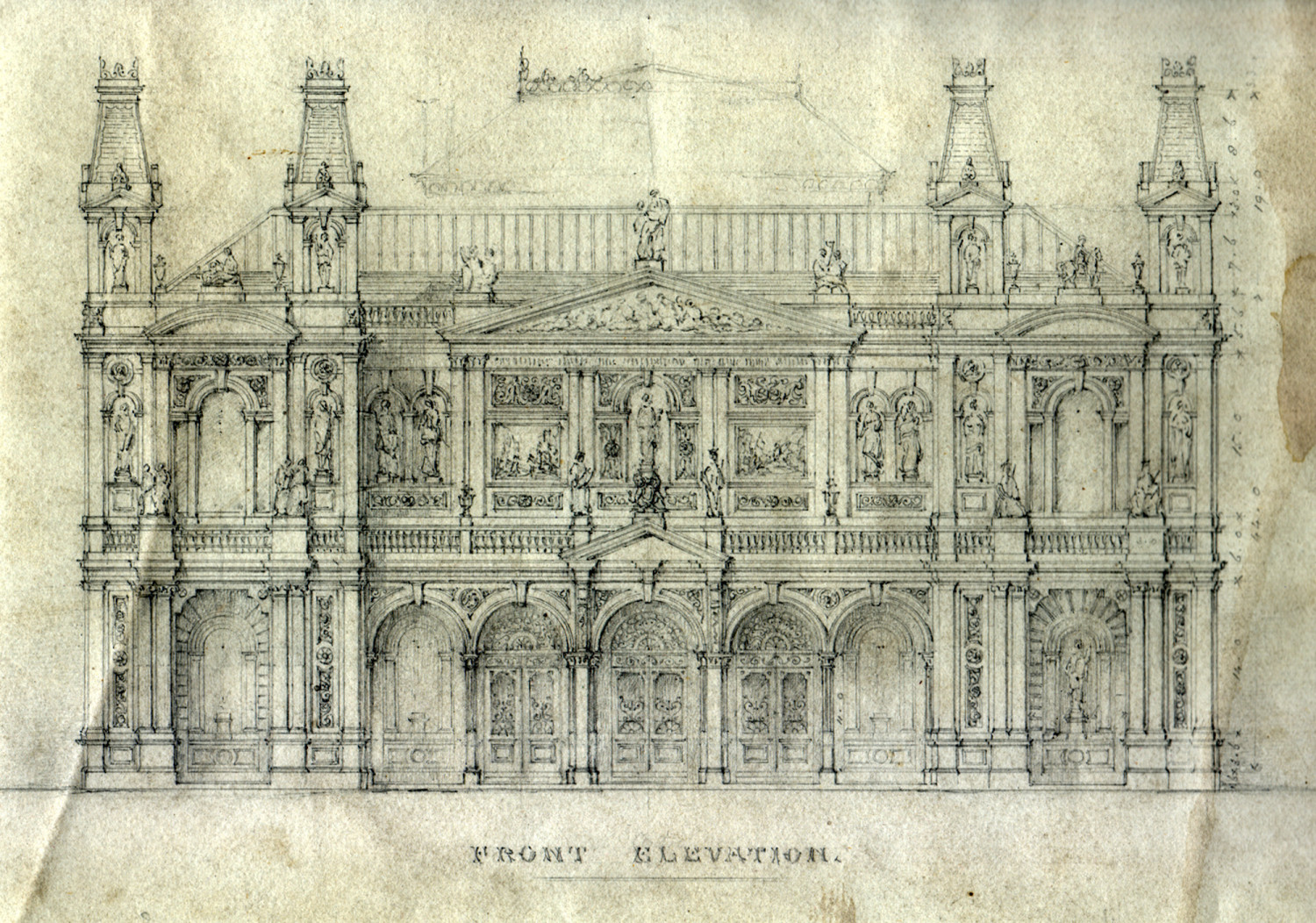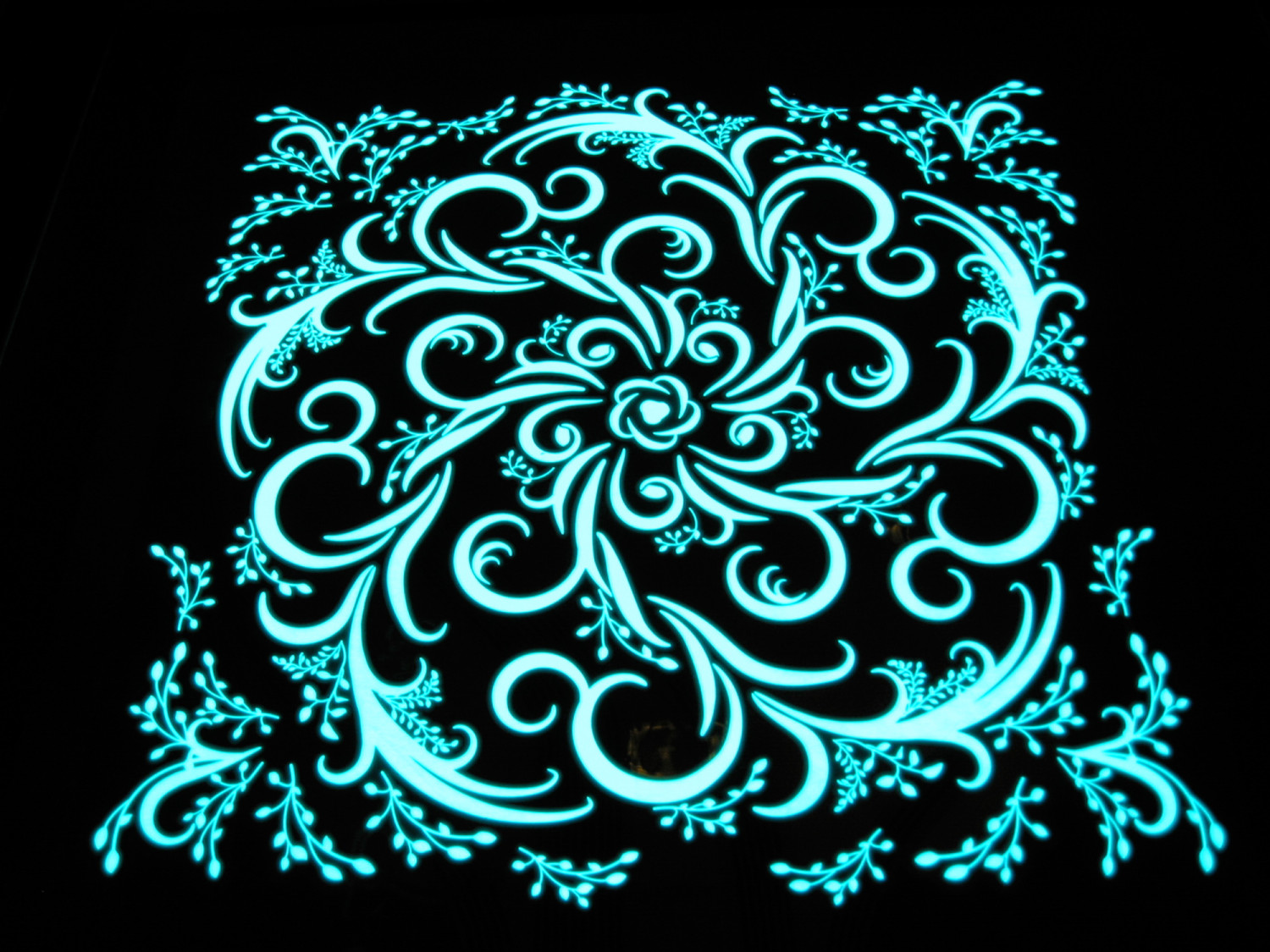Weather Patterns is a permanent Architectural Façade Commission created for York Art Gallery. It is an architectural intervention that aims to improve the building during day and night by combining traditional surface decoration with modern display and lighting technologies which allow the building to communicate the changing weather cycles surrounding the Gallery in the hours of darkness. It functions as an ambient display with a decorative pattern in constant animation.
The Art Gallery is a listed building in the Italian Renaissance style, with five window cavities on the first floor empty as most of the proposed carved-stone and tile decoration’s were not executed. These empty windows provide the space for the installation which was developed under close observation of the local conservation officers.
We created five weather-proof window units which emit light at night and allow sunlight to reflect during daytime. The units contain printed electroluminescence (EL) panels sandwiched between toughened glass and a mirror. A computer reads data from a dedicated weather station on site and uses this information to animate the printer EL pattern.

Architectural Façade Commission created for York Art Gallery
Weather Patterns is part of an ongoing exploration dealing with the effects humans have on the environment. Scientific and technological progress has given us powerful tools to expand our knowledge, but they have also allowed us to work on a scale far beyond human. The whole world has become a laboratory and it becomes increasingly difficult to judge whether our experiments are well or badly designed.
Within this area of research global climate change is one of the most prominent and widely understood. With our installation we want to offer a tool that allows people to experience changes in our weather and to rethink their relationship with a very fragile and highly interconnected atmosphere that secures life on this planet.
All natural growth patterns are based on the golden ratio, which can be expressed in a large number of ways from the Fibonacci sequence to the spiral patterns of sunflowers and pinecones. In our design for Weather Patterns we have reworked the classic dot-matrix display, creating a spiral based matrix capable of reproducing basic movement, rotation and growth patterns without the pixelated aesthetic of most low resolution displays. Similar to how one learns to read the face of a clock the animated pattern language we developed for the installation can be learnt by living with the installation on a daily basis.

Architectural Façade Commission created for York Art Gallery